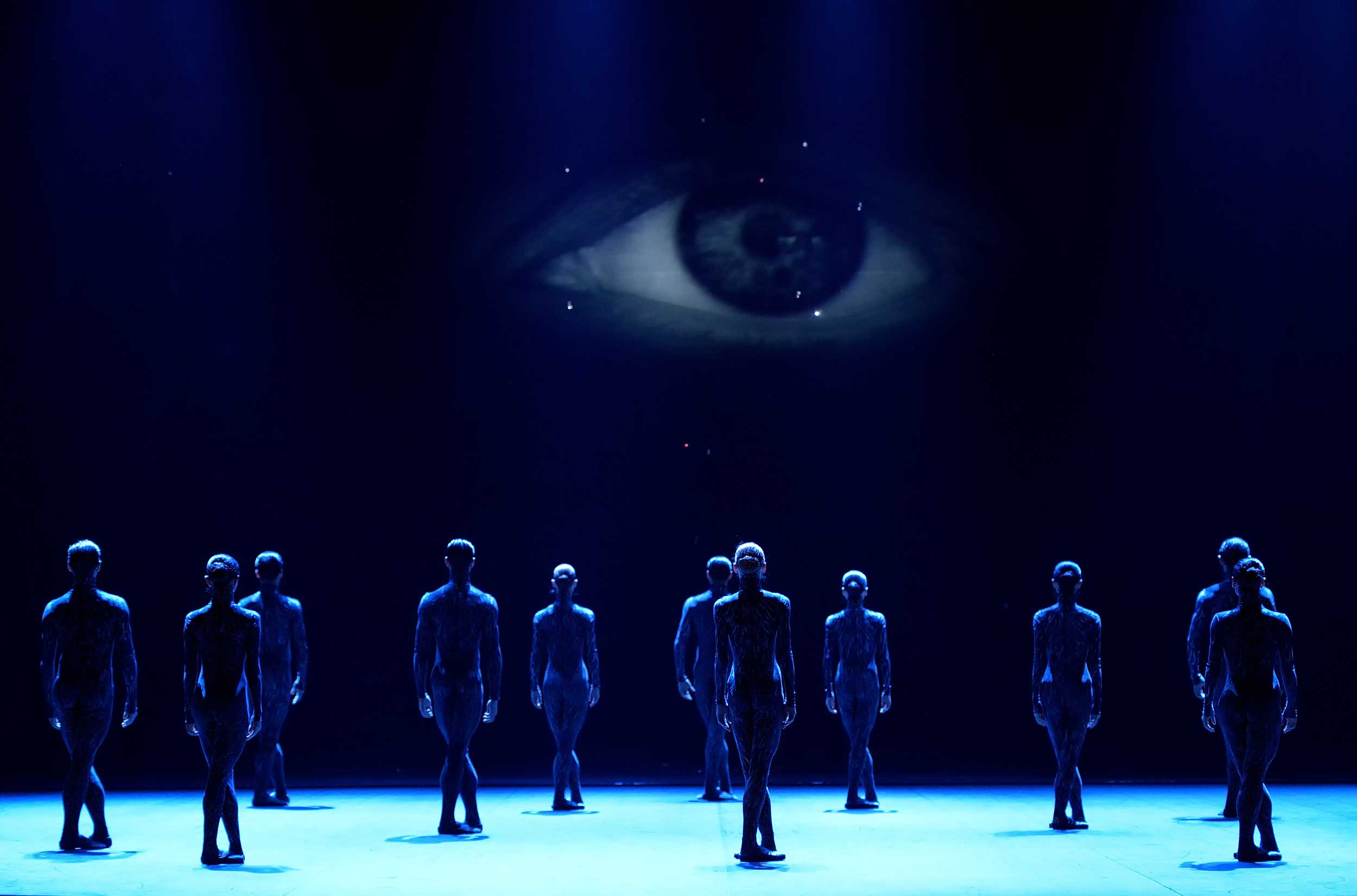
Introducing Voices of America – Part 3: A new style of dancing
In April 2018, English National Ballet returns to Sadler’s Wells with Voices of America, a mixed bill featuring works by three generations of North American choreographers: Jerome Robbins, William Forsythe and Aszure Barton.
For our Artistic Director, Tamara Rojo, it was a chance to dedicate a programme to the abstract, neo-classical style of ballet that is born out of America, something she had long wanted to do: “I believe these works typify the dynamism and energy of this style of ballet”.
What gives a dance piece an American accent?
Part 3: A new style of dancing
A new way of moving would always emerge with a new outlook and approach to choreography: you can’t challenge dancers to perform steps never seen before without changing the way they do them.
As a result, “there is an American style of ballet – very athletic and very strong”, said Sir Anton Dolin (who founded our company in 1950), especially in the legs and feet.
There is an excitement, a dynamism in the four pieces we will perform in Voices of America, and dancers must meet them with an attack, a stretch and an audacity not always required in the classics.
For our Junior Soloist Tiffany Hedman, who danced for Miami City Ballet and Boston Ballet, “the approach to performing a Forsythe or a Robbins piece requires a high level of confidence; confidence to attack the demanding choreography while remaining calm enough to be impulsive and adjust within each moment. There’s no room for self-doubt, it simply cannot exist.”
She added: “In a sense, it’s you, at your highest form, asserting yourself with no limits.”
No limits – in its ambition, its steps, its performance: that is the defining quality of ballet coming from North American choreographers.
Click here for Part 1: A forward outlook
Click here for Part 2: An extension of classical lines